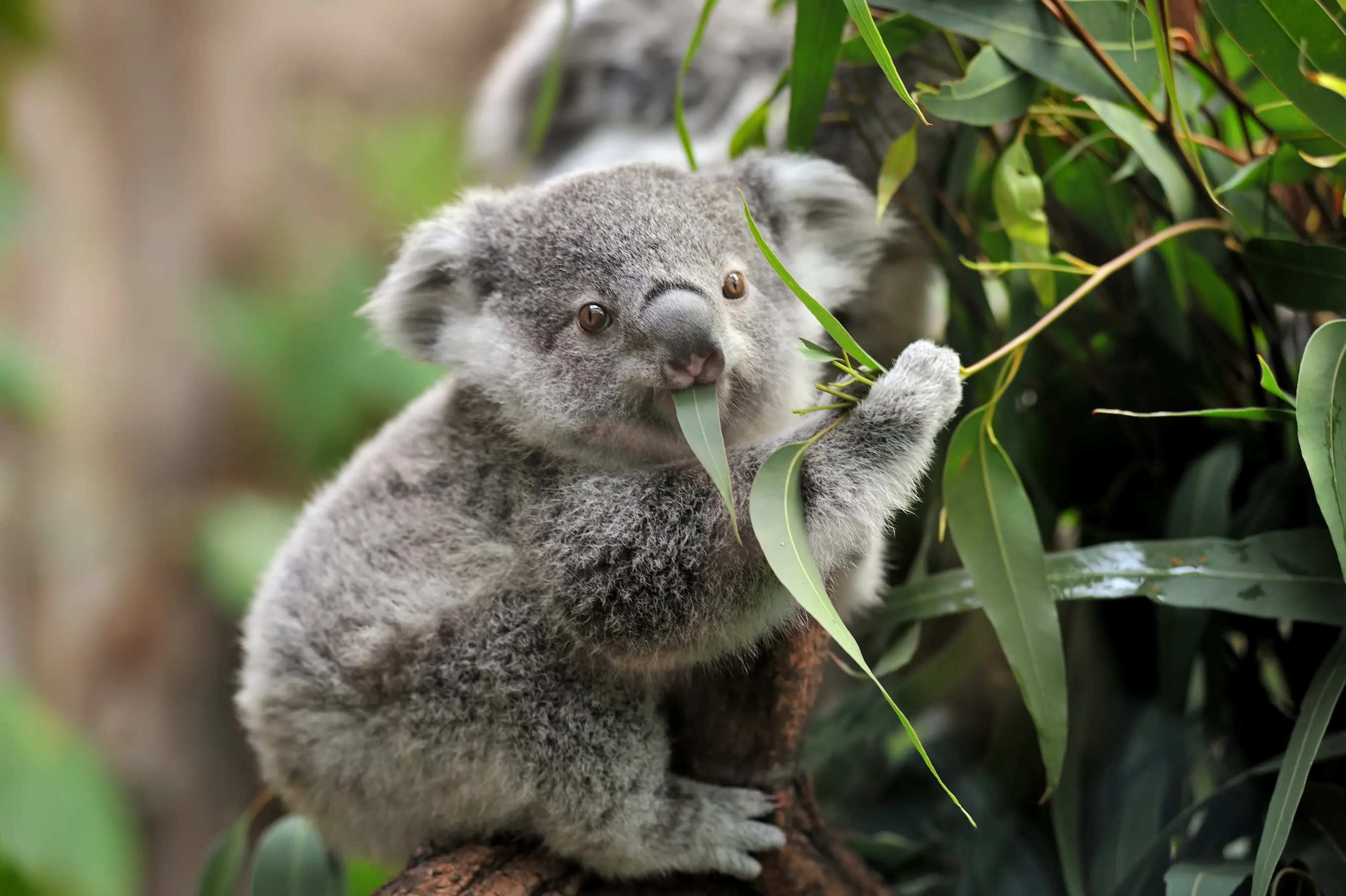
Australia is home to some of the most unique and fascinating animals on the planet. From the iconic kangaroo to the elusive platypus, the land down under boasts a rich tapestry of wildlife that can't be found anywhere else. Did you know that kangaroos can't walk backward? Or that the platypus, one of the few egg-laying mammals, has venomous spurs on its hind legs? These creatures have adapted in remarkable ways to survive in Australia's diverse environments, from arid deserts to lush rainforests. Get ready to be amazed by 24 incredible facts about Australian animals that will leave you in awe of nature's wonders.
The Unique World of Australian Animals
Australia is home to some of the most unique and fascinating animals on the planet. From marsupials to monotremes, the diversity is astounding. Let's dive into some amazing facts about these incredible creatures.
Marsupials: The Pouch-Bearing Wonders
Marsupials are a distinctive group of mammals known for carrying and nursing their young in pouches. Australia boasts a wide variety of these fascinating animals.
- Kangaroos can leap over 30 feet in a single bound and travel at speeds up to 35 miles per hour.
- Koalas sleep up to 18 hours a day due to their low-energy diet of eucalyptus leaves.
- Wombats have cube-shaped poop, which helps prevent it from rolling away and marking their territory.
- Tasmanian devils have the strongest bite relative to body size of any mammal.
- Quokkas, often called the "world's happiest animals," are known for their friendly and photogenic nature.
Monotremes: Egg-Laying Mammals
Monotremes are a rare and ancient group of mammals that lay eggs instead of giving birth to live young. Australia is home to two of the five known species.
- The platypus has a bill that can detect electrical signals from prey underwater.
- Echidnas, or spiny anteaters, have tongues that can extend up to 18 centimeters to catch insects.
Birds: Feathered Marvels of Australia
Australia's birdlife is as diverse as its landscapes, with many species found nowhere else on Earth.
- The emu is the second-largest bird in the world and can run at speeds of up to 30 miles per hour.
- Kookaburras are famous for their distinctive laughing call, which sounds like human laughter.
- The lyrebird can mimic almost any sound, including chainsaws and camera shutters.
- Black swans are native to Australia and are known for their striking black feathers and red beaks.
Reptiles: Cold-Blooded Wonders
Australia is a haven for reptiles, with a vast array of species adapted to its diverse environments.
- The saltwater crocodile is the largest living reptile, growing up to 23 feet long.
- Frilled-neck lizards can run on their hind legs and display a large frill around their neck to scare off predators.
- Thorny devils have a unique way of drinking water by channeling it along grooves in their skin to their mouths.
- The blue-tongued skink uses its bright blue tongue to startle predators.
Marine Life: Oceanic Wonders
Australia's marine life is as spectacular as its terrestrial fauna, with the Great Barrier Reef being a prime example.
- The Great Barrier Reef is the largest coral reef system in the world, stretching over 1,400 miles.
- Box jellyfish are among the most venomous creatures on Earth, with stings that can be fatal to humans.
- Dugongs, also known as sea cows, are marine mammals closely related to manatees.
- The leafy sea dragon is a master of camouflage, resembling floating seaweed to avoid predators.
Insects and Arachnids: Tiny Terrors and Helpers
Australia's insect and arachnid population is both diverse and unique, with some species being quite dangerous.
- The Sydney funnel-web spider has a venom that can be fatal to humans, but antivenom has made deaths rare.
- Bull ants are known for their aggressive behavior and powerful sting.
- Giant burrowing cockroaches are the world's heaviest cockroaches, weighing up to 35 grams.
- The honeybee is crucial for pollination and agriculture, contributing significantly to the ecosystem.
Mammals: Beyond Marsupials and Monotremes
Australia is also home to a variety of placental mammals, though they are less common than marsupials and monotremes.
- The dingo is Australia's wild dog, believed to have arrived with humans over 4,000 years ago.
The Wonders of Australian Wildlife
Australian animals are truly unique. From the kangaroo's powerful hop to the platypus's quirky bill, these creatures never cease to amaze. The koala's eucalyptus diet and the wombat's cube-shaped poop are just a few examples of nature's oddities. Tasmanian devils might sound scary, but their strong jaws and loud screeches are more fascinating than frightening.
Australia's diverse habitats, from rainforests to deserts, support a wide range of species. The Great Barrier Reef alone is home to countless marine animals, including the clownfish and great white shark. Each animal plays a crucial role in its ecosystem, maintaining the balance of nature.
Learning about these incredible creatures helps us appreciate the importance of conservation. Protecting their habitats ensures future generations can marvel at Australia's wildlife wonders. So next time you think of Australia, remember its amazing animals and the stories they tell.
Was this page helpful?
Our commitment to delivering trustworthy and engaging content is at the heart of what we do. Each fact on our site is contributed by real users like you, bringing a wealth of diverse insights and information. To ensure the highest standards of accuracy and reliability, our dedicated editors meticulously review each submission. This process guarantees that the facts we share are not only fascinating but also credible. Trust in our commitment to quality and authenticity as you explore and learn with us.


